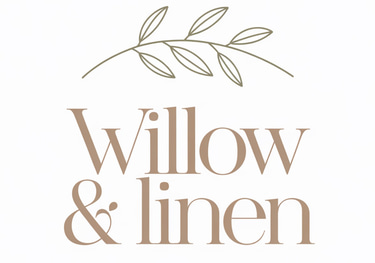You’re Decorating Your Home All Wrong (And It’s Not Your Fault)
HOME DECOR
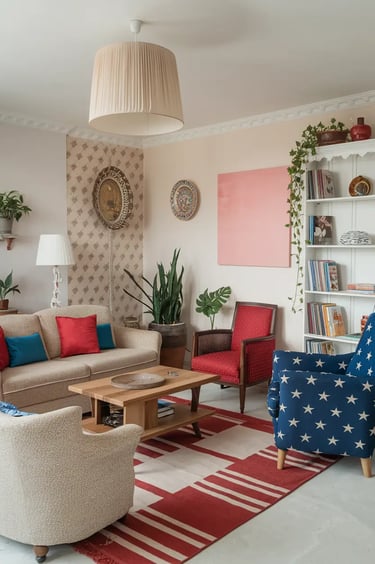

A Fresh Perspective on Home Décor
Decorating your home is supposed to be one of life’s joys—a chance to express yourself, create a haven, and surround yourself with beauty. Yet, so often, it feels like a frustrating, expensive, and overwhelming process. If you’ve ever looked around your home and felt like something isn’t quite right, you’re not alone.
The truth is, most people unknowingly make common mistakes when decorating their homes, but it’s not your fault. We’re bombarded with fleeting trends, influencer aesthetics, and impractical advice that prioritize looks over function. Today, we’re diving into the most common home décor mistakes and giving you practical tips to fix them. Spoiler alert: The solution lies in embracing simplicity, timelessness, and your unique sense of style.
Trends: The Double-Edged Sword of Home Décor
It’s easy to get swept up in the allure of trends. Who wouldn’t want the latest Pinterest-worthy color palette or a statement piece that promises to transform a room? But here’s the catch: trends have an expiration date. What feels fresh and exciting today might feel dated and mismatched a year later.
Instead of chasing trends, focus on timeless elements that age gracefully. Think soft neutral walls, natural wood tones, and textures like linen or wool. These create a flexible foundation that you can personalize with smaller accents like cushions or art. Trends are not inherently bad—just make sure they’re accents, not the backbone of your design.
Why Negative Space is Your Secret Weapon
One of the most overlooked elements of home décor is negative space—the art of leaving areas open and uncluttered. A room filled with furniture, décor, and accessories might look impressive on Instagram, but in real life, it can feel chaotic and overwhelming. Negative space allows your home to breathe and lets key pieces stand out.
Start small: declutter your surfaces, rearrange your furniture to create flow, and embrace the idea that not every wall needs art or shelves. Minimalism isn’t about living in a stark, empty box; it’s about creating balance and calm by only keeping what truly serves a purpose or sparks joy.
Let There Be (Better) Light
Lighting is the unsung hero of interior design. The wrong lighting can make even the most thoughtfully decorated space feel dull and uninviting, while the right lighting can transform a room into a warm, welcoming haven. Many homes rely solely on overhead lighting, which often creates harsh shadows and lacks warmth.
To fix this, think of lighting as a layered design element. Combine natural light with functional lighting like ceiling fixtures, and add mood-enhancing touches like table lamps or candles. Use warm bulbs for a cozy glow, and don’t forget to highlight areas like bookshelves or artwork with subtle accent lighting. The result? A space that feels dynamic and alive, no matter the time of day.
Form and Function: A Match Made in Décor Heaven
How many times have you bought something beautiful for your home, only to realize it has no real use? Functional design isn’t just practical—it’s stylish. Pieces that serve dual purposes, like storage ottomans, ladder shelves, or decorative baskets, are perfect examples of this.
Before buying your next decorative item, ask yourself: does it solve a problem? Does it enhance my daily life? Functionality doesn’t mean sacrificing aesthetics—it means choosing beauty with a purpose.
Your Home, Your Sanctuary
Decorating your home is about creating a space that feels uniquely yours. Don’t let the noise of trends or outside opinions drown out your personal preferences. By focusing on timeless design, embracing negative space, layering your lighting, prioritizing function, and finding a cohesive style, you’ll turn your home into a sanctuary—one that brings you peace, joy, and pride every time you walk through the door.
Creating a Cohesive Style
It’s easy to fall in love with different décor styles, but mixing too many can result in a space that feels disjointed. Whether you’re drawn to the rustic charm of farmhouse design, the clean lines of Scandinavian minimalism, or the eclectic vibe of boho-chic, the key is commitment.
Start by identifying the style that speaks to you most and use it as your guide. This doesn’t mean your home has to feel one-dimensional—you can still mix in elements from other styles, as long as they complement your primary aesthetic. Think of it as curating a gallery: every piece should feel intentional and cohesive.
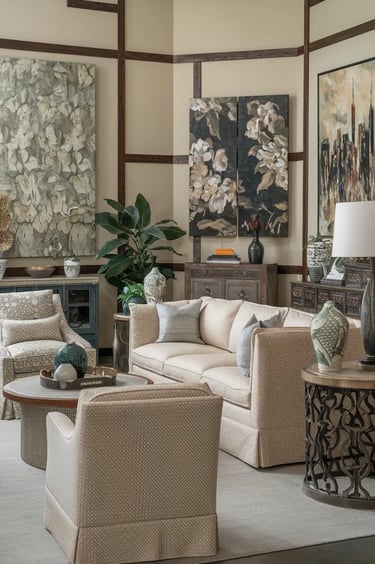

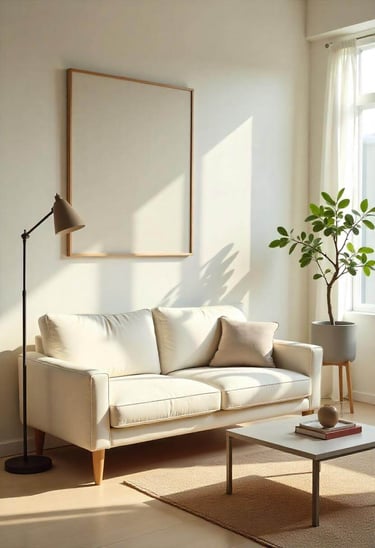

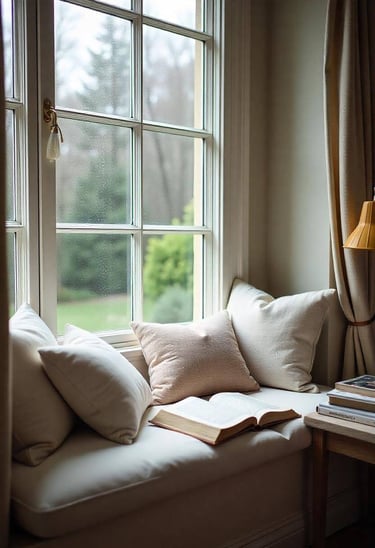

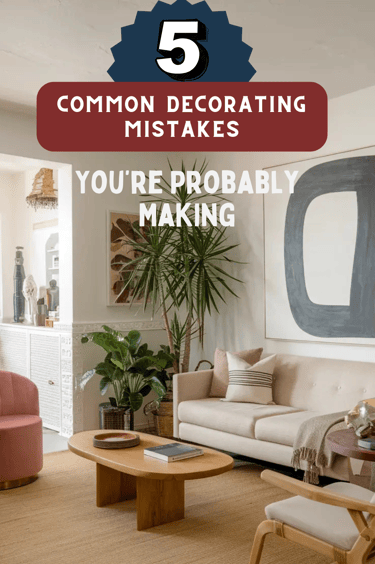

Willow & Linen
Embrace slow living and create cozy moments.
let's stay in touch
© 2024. All rights reserved.
